Non-stick cookware has been a kitchen favorite for its convenience, but many are now exploring healthier and more durable alternatives. From stainless steel to cast iron and ceramic options, these alternatives offer a range of benefits, such as better heat retention, versatility, and being free from potentially harmful coatings. Whether you're looking for cookware that lasts longer, enhances your cooking experience, or aligns with eco-friendly choices, there are plenty of great options to consider.
Table of Content
- Are Non-Stick Pans Unsafe?
- Alternatives to Non Stick Cookware
- Alternative 1: Ceramic Cookware
- Alternative 2: Enameled cast iron
- Alternative 3: Stainless Steel
- Conclusion
Are Non-Stick Pans Unsafe?
Meyer Accent Series Hard Anodized Nonstick Chef Pan with Helper Handle, 4.5 Liters, Matte Black
Alternatives to Non Stick Cookware
Alternative 1: Ceramic Cookware
- The ceramic cookware range is made of pure aluminum to propel high heat conductivity and has a thin ceramic layer on top to give the cookware non-stick like properties. Ceramic cookware uses a ceramic gel made from silicone and oxygen which gives you a stick resistant cooking surface.
- You can cook in ceramic cookware with the same amount of oil that you use in a nonstick cookware; the food will not stick and release smoothly. The non-porous surface of the ceramic cookware allows it to handle highly acidic foods without absorbing taste and odor or staining the cookware.
- Ceramic cookware doesn’t include toxic chemicals like PFOA, PTFE, Lead, Cadmium, PFAS, any synthetic coating or any heavy metals; it is made from only natural minerals.

Alternative 2: Enameled Cast Iron:
- Composition: An enameled cast iron pan is basically just a regular cast iron pan with an enamel coating. It comes with the benefit of an extra protective layer of enamel coating. The toxin-free coating eliminates the rudimentary hassle of seasoning as well as rusting.
- Chip & Crack Resistant:Made from glass particles that are fused to the raw cast iron to create a non-porous and smooth protective layer. The superior enamel coating is non-reactive and renders resistance against rust, crack and chip. It promotes impressive food release and is effortless to clean
- Exceptional Heat Retention And Even Heating: They are ideal for slow-cooked gravies, curries, oven-baked casseroles and stews.
- Last but not the least, it looks great on the table as a serving dish.
- Weight: it is heavy and can damage delicate surfaces like countertops and glass cooktops if handled roughly.
- It can also take a while to heat up, so it’s not as convenient for quick meals as a non-stick pan.
If you’re considering Enameled cast iron, I highly recommend Meyer Enameled Cast Iron. Enameled cast iron cookware comes without the hassle of seasoning or reactivity. Completely non-reactive, totally toxin-free and durable, this cookware range will certainly impress you.
Alternative 3: Stainless Steel:
- Stainless steel isn’t the first thing that comes to mind when you think of “nonstick,” but it can be a viable alternative if you’re trying to avoid nonstick coatings. Countless households and chefs worldwide swear by stainless steel for its versatility. With a few simple tricks, you can use it as an alternative to non-stick pans, too. It does take some practice and mindfulness, but it can be done. It also requires good, multi-clad stainless steel cookware.
- If you are worried about cooking with stainless steel and having your food stick, definitely season your pans —works great. However, even if you don’t season the pan, be sure to approach frying the right way to avoid stuck-on foods. That means preheating the pan before you add any fats, then letting the fat (butter or oil) heat up before adding food
Conclusion:
- If you’re looking for the next best thing in terms of food release, go with ceramic non-stick. It’s the closest alternative to the non-stick pans you can get.
- If durability and versatility are important and you don’t mind spending more time on cleaning, stainless steel is the best option.
- If you’re looking for something in the middle, enameled cast iron is a great choice. It is very durable and versatile, though it is expensive.
- I recommend a mixture of two or three. For example, grab a Ceramic pan and use it only for busy days or super delicate foods.
- Then, grab enamel cast iron or stainless steel for everything else!


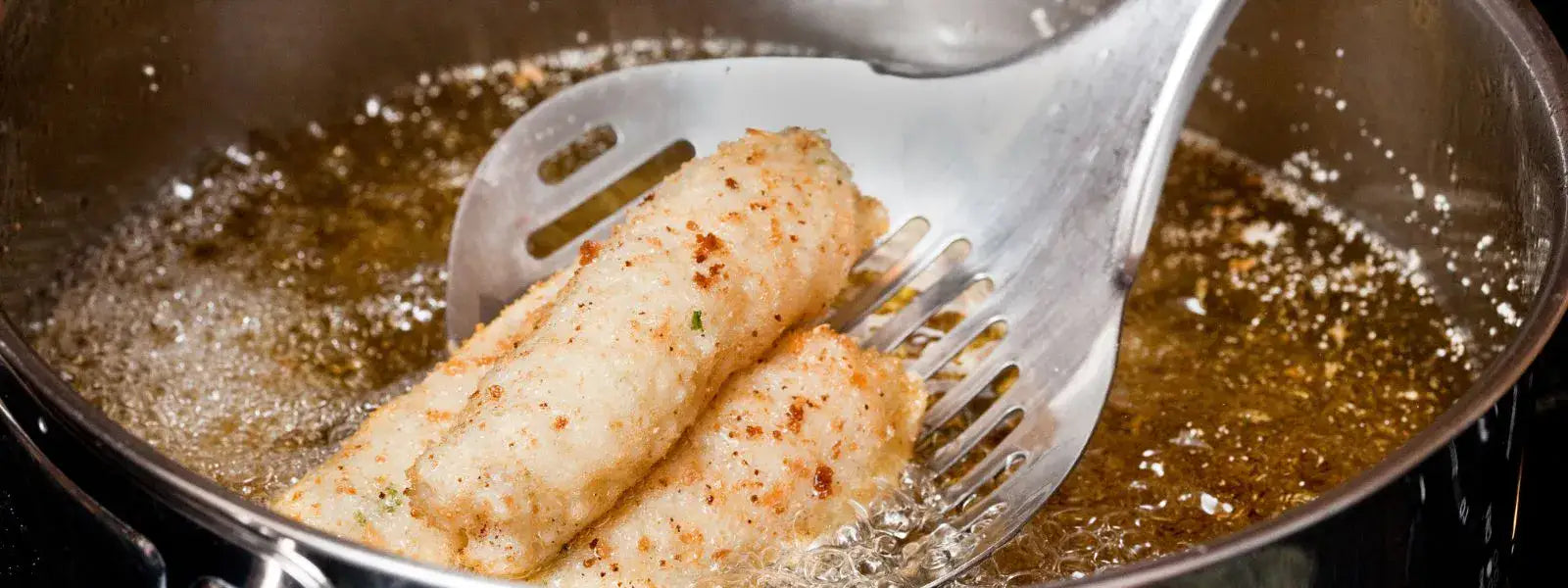
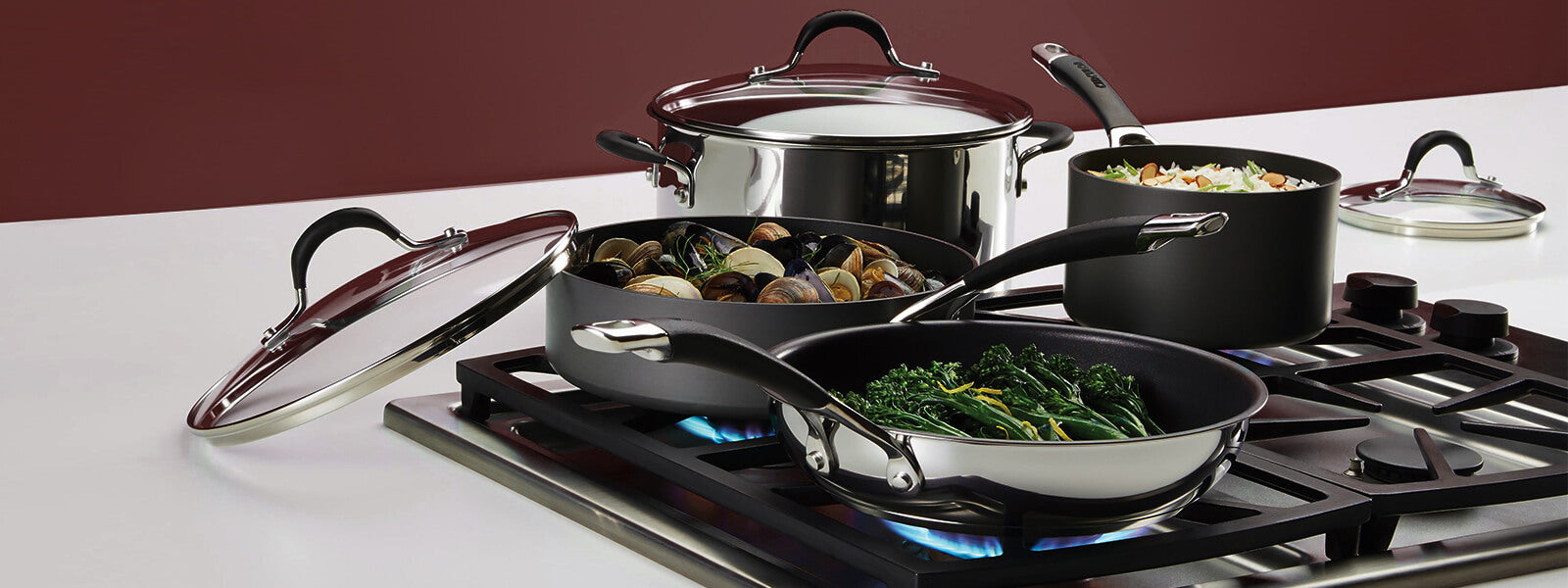
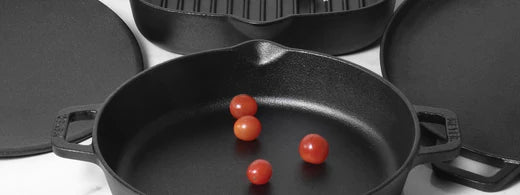
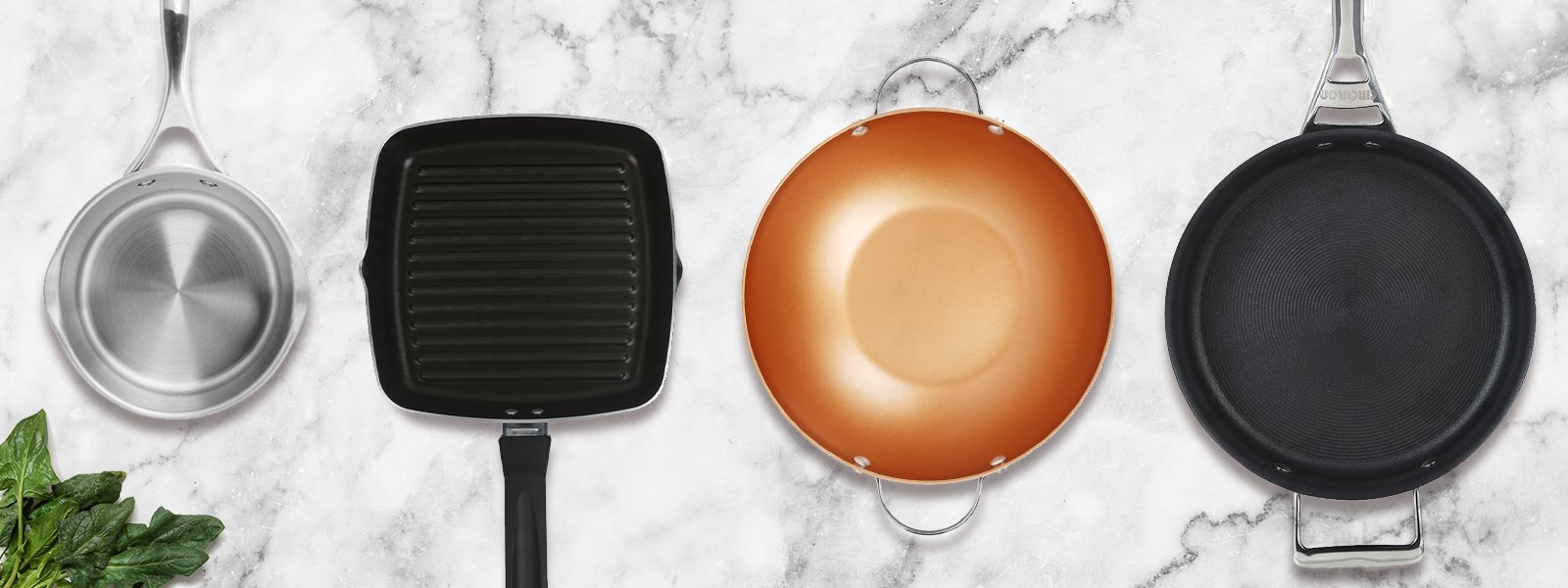
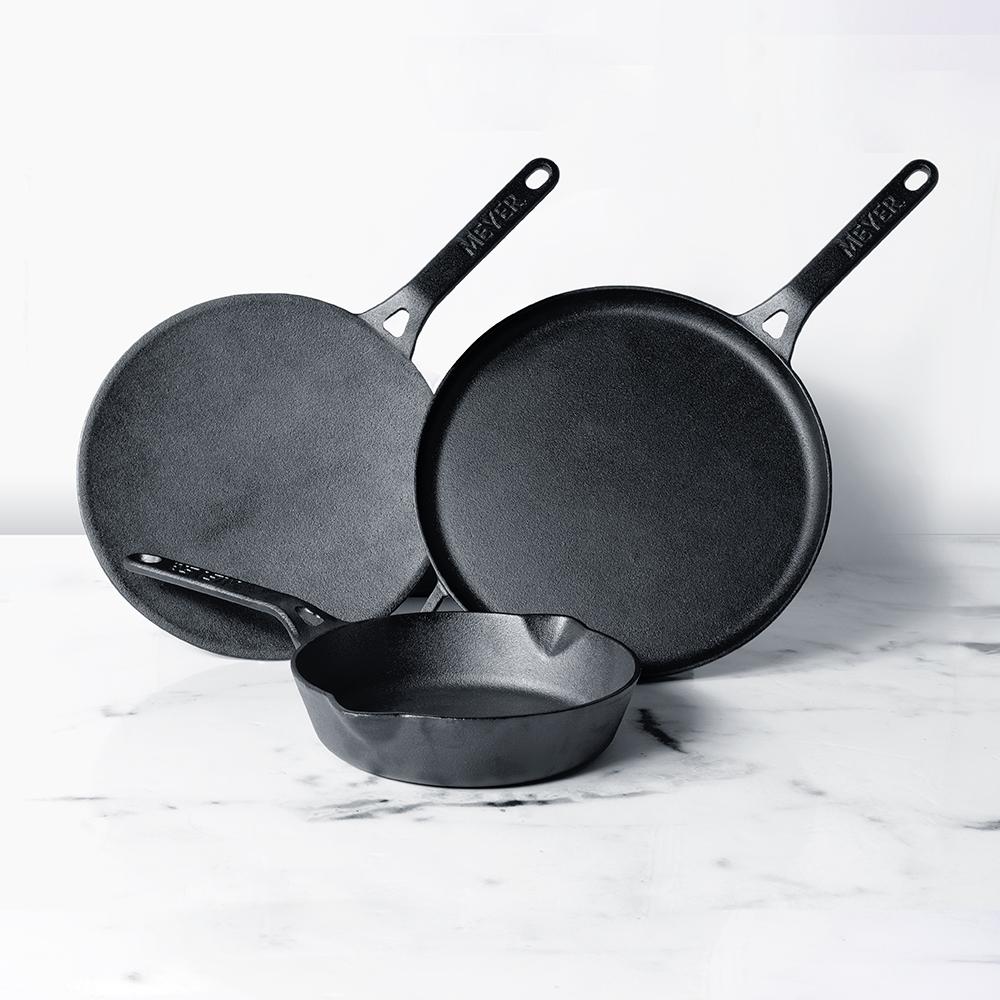
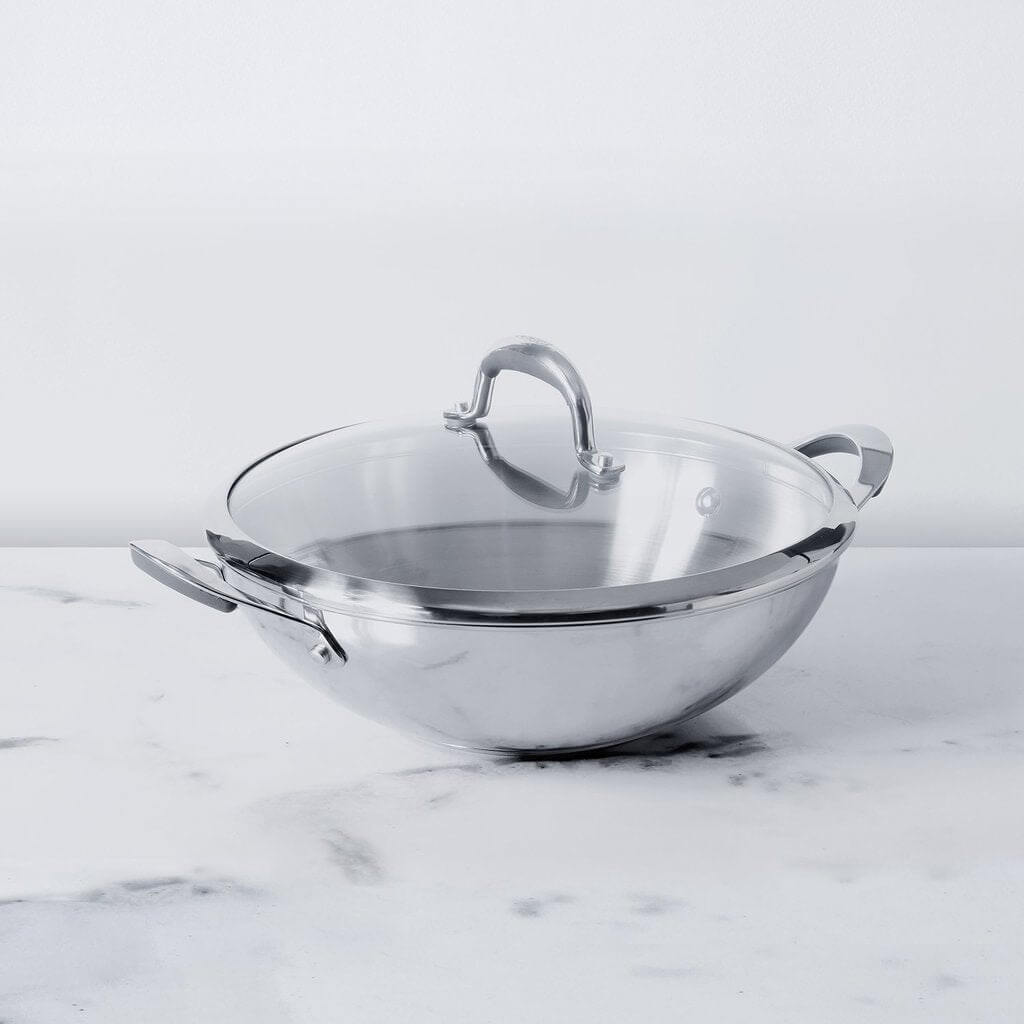




Leave a comment